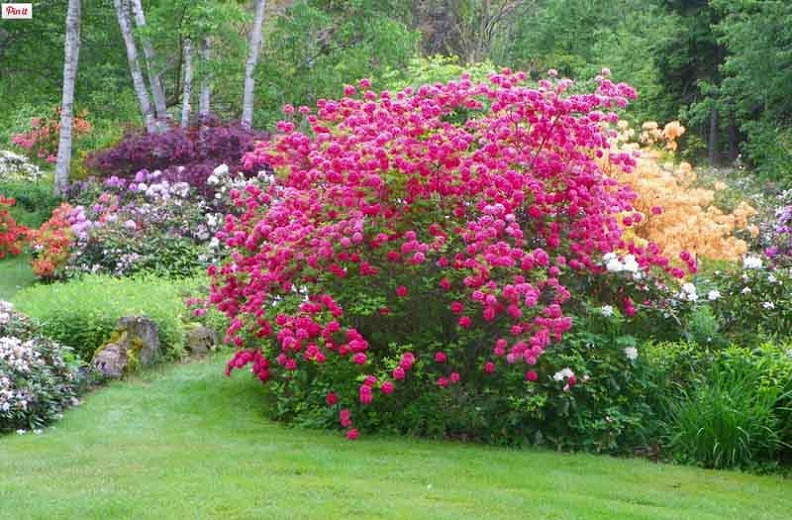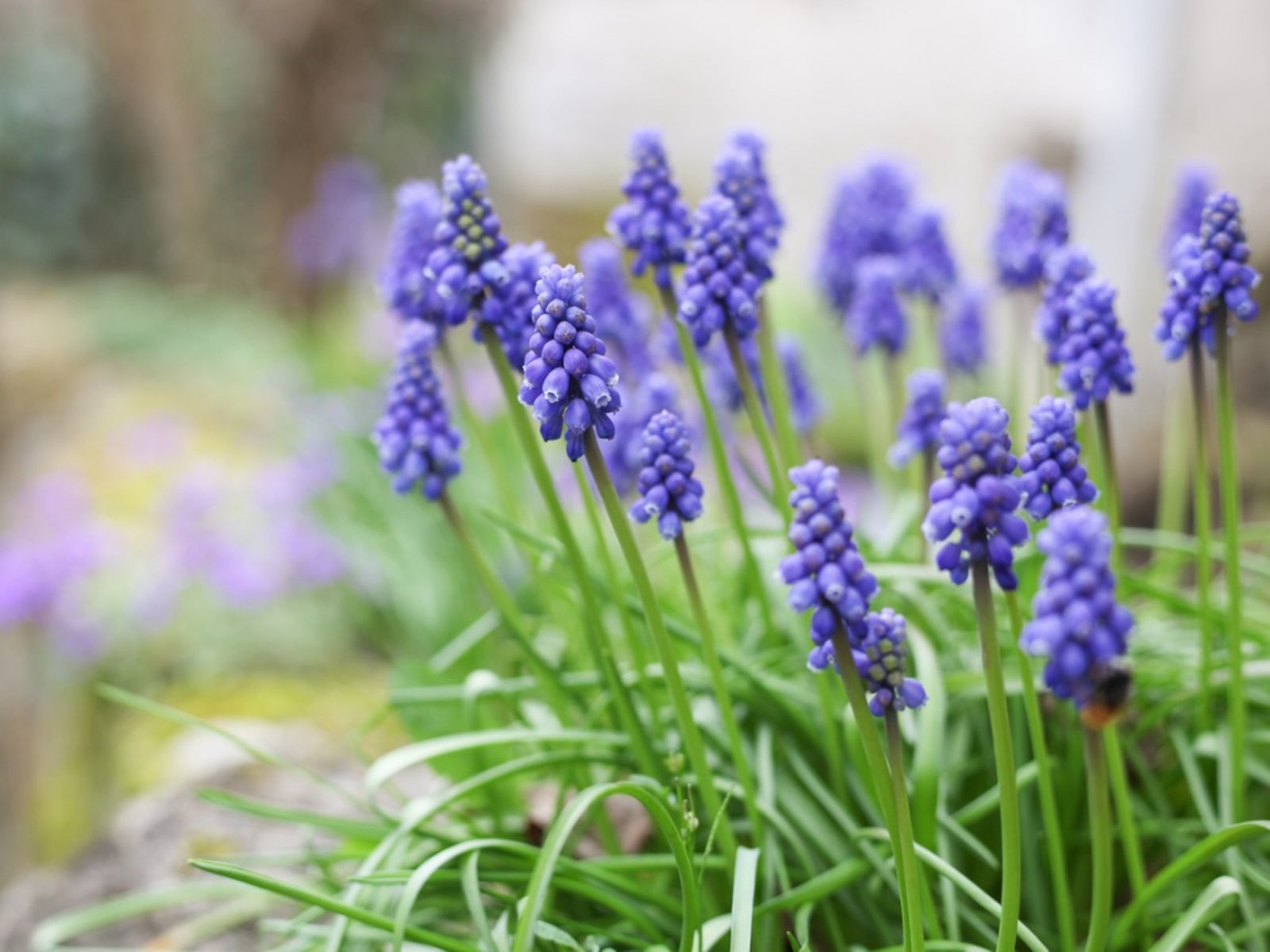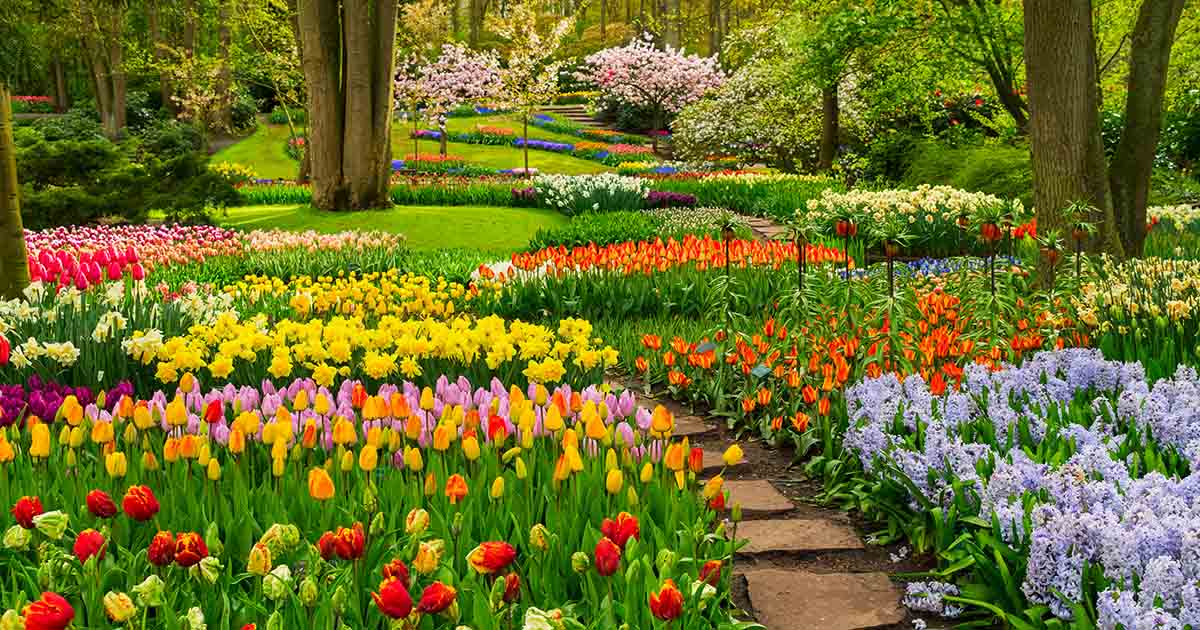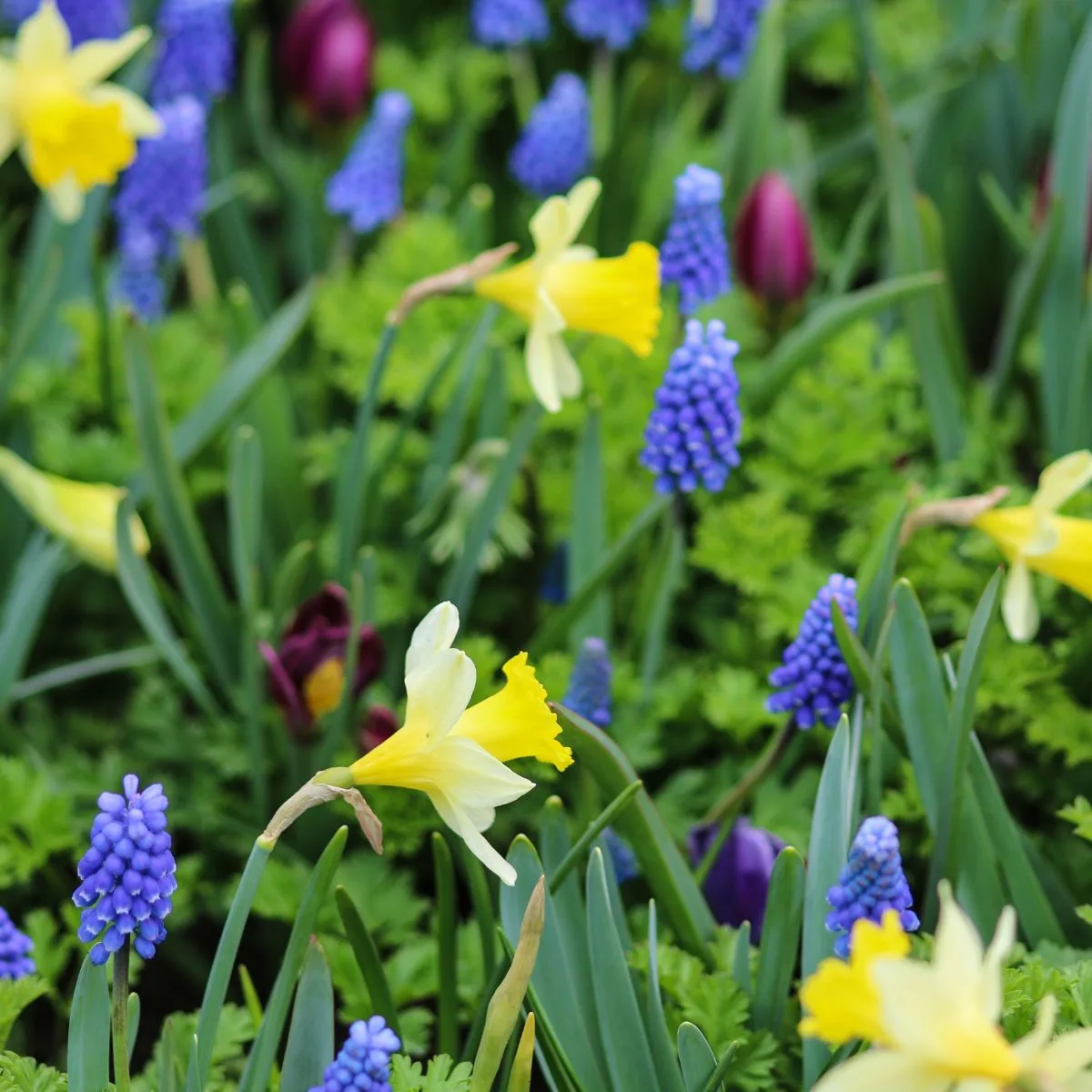Daffodils: The Perfect Spring Flowers
Daffodils: The Perfect Spring Flowers
Daffodils are one of the most popular spring flowers, and for good reason. They're cheerful, easy to grow, and come in a wide variety of colors and shapes. Daffodils are also a symbol of new beginnings, making them the perfect flower to welcome spring.
In this blog post, we'll take a closer look at daffodils. We'll discuss their history, symbolism, different varieties, and how to plant and care for them. We'll also share some fun facts about daffodils that you may not know.
So whether you're a gardening enthusiast or simply enjoy admiring beautiful flowers, read on to learn more about daffodils, the perfect spring flowers.
History of Daffodils
Daffodils have been around for centuries. They were first cultivated in ancient Greece and Rome, and were later introduced to England by the Romans. Daffodils quickly became popular in England, and were often used in paintings and poetry.
The name "daffodil" comes from the Greek word "narcissus," which means "narcissus." The narcissus is a mythological figure who was so vain that he fell in love with his own reflection. When he leaned over to kiss his reflection, he fell into a pool and drowned.
The narcissus flower is said to be a symbol of vanity, but it can also be seen as a symbol of new beginnings. After all, the narcissus flower blooms in the spring, which is a time of new life and growth.
Symbolism of Daffodils
Daffodils are often associated with new beginnings, hope, and rebirth. They are also seen as a symbol of love, fidelity, and remembrance. In some cultures, daffodils are believed to bring good luck.
Different Varieties of Daffodils
There are over 50 different species of daffodils, and each one has its own unique characteristics. Some of the most popular daffodil varieties include:
- Trumpet daffodils: These daffodils have large, trumpet-shaped flowers.
- Large-cupped daffodils: These daffodils have large, bowl-shaped flowers.
- Small-cupped daffodils: These daffodils have small, cup-shaped flowers.
- Poet's daffodils: These daffodils have small, white flowers with yellow cups.
- Split-corona daffodils: These daffodils have flowers with split cups.
- Jonquils: These daffodils have small, yellow flowers with a strong fragrance.
How to Plant and Care for Daffodils
Daffodils are relatively easy to plant and care for. They prefer full sun or partial shade, and well-drained soil. Daffodils should be planted in the fall, about 6-8 weeks before the first frost. The bulbs should be planted 4-6 inches deep and 6 inches apart.
Daffodils do not need a lot of water, but they should be watered regularly during the growing season. Once the flowers have bloomed, the leaves should be allowed to die back naturally. This will help the bulbs store energy for the next year.
Daffodils are a beautiful and easy-to-grow spring flower. With a little care, you can enjoy their cheerful blooms for many years to come.
Daffodils are a beautiful addition to any garden, but they can be even more stunning when planted with the right companion plants. The right companions can help to extend the bloom time of your daffodils, provide visual interest, and even deter pests.
Some of the best companion plants for daffodils include:
- Tulips: These two spring bulbs bloom at the same time and complement each other's colors beautifully.
- Grape hyacinths: These small, blue flowers add a touch of whimsy to any garden.
- Iris: These tall, elegant flowers provide a striking contrast to the shorter daffodils.
- Crocuses: These early-blooming flowers are a great way to welcome spring.
- Alliums: These showy bulbs add a touch of drama to any garden.
If you're looking for more information about daffodil companion plants, I recommend visiting Gardenia Inspiration. This website has a comprehensive list of companion plants for daffodils, as well as tips on how to plant and care for them.
FAQ of daffodil companion plants
1. What are the best companion plants for daffodils?
Daffodils are easygoing plants that can get along with many other types of plants. Some of the best companion plants for daffodils include:
- Azaleas and rhododendrons: These acid-loving plants enjoy the same type of soil as daffodils, and their colorful blooms can provide a nice contrast to the daffodils' yellow flowers.

- Daylilies: Daylilies are another long-blooming perennial that can add color and interest to a daffodil bed. They are also deer-resistant, which can be a plus if you have a problem with deer in your area.
- Forsythia: Forsythia is a spring-blooming shrub that is known for its bright yellow flowers. It can be planted in front of a daffodil bed to provide a colorful backdrop for the daffodils.
- Grape hyacinths: Grape hyacinths are low-growing bulbs that bloom at the same time as daffodils. They have a sweet fragrance and their blue or purple flowers can add a touch of elegance to a daffodil bed.

- Tulips: Tulips are another type of bulb that blooms in the spring. They come in a wide variety of colors, so you can choose tulips that will complement the colors of your daffodils.
2. What plants should I avoid planting with daffodils?
There are a few plants that you should avoid planting with daffodils. These include:
- Annuals, especially vegetables: Annuals, such as marigolds and petunias, have shallow roots that can compete with the daffodils' roots for water and nutrients. Vegetables, such as carrots and tomatoes, also have shallow roots and can be damaged by the daffodils' bulbs.
- Beeches, dogwoods, and maples: These trees have aggressive root systems that can damage the daffodils' bulbs.
- Plants that squirrels and rabbits love: Squirrels and rabbits love to eat daffodil bulbs, so it is best to avoid planting daffodils near these animals' favorite hiding places.
3. What are some tips for planting daffodils with other plants?
When planting daffodils with other plants, there are a few things you should keep in mind:
- Choose plants that have similar growing conditions. Daffodils prefer full sun and well-drained soil.
- Plant the daffodils at the same depth as they were growing in their original pot.
- Space the daffodils at least 6 inches apart.
- Water the daffodils regularly, especially during the first year after planting.
4. When is the best time to plant daffodils with other plants?
The best time to plant daffodils with other plants is in the fall. This gives the daffodils plenty of time to establish their roots before the winter.
5. How do I care for daffodils that are planted with other plants?
Daffodils that are planted with other plants require the same care as daffodils that are planted by themselves. This includes watering regularly, fertilizing in the spring, and deadheading spent blooms.
Image of daffodil companion plants
Here are 5 different images of daffodil companion plants:
- Tulip: Tulips and daffodils are both spring-blooming bulbs, so they make natural companions. They come in a wide range of colors, so you can mix and match them to create a beautiful and colorful display.

- Hyacinth: Hyacinths are another great choice for companion plants for daffodils. They have a sweet fragrance and come in a variety of colors, including blue, pink, white, and purple.

- Crocus: Crocus are small, early-blooming bulbs that add a splash of color to the garden in spring. They come in a variety of colors, including purple, yellow, and white.

- Grape hyacinth: Grape hyacinths are another type of small, early-blooming bulb. They have a sweet fragrance and come in shades of blue, pink, and white.

- Bleeding heart: Bleeding hearts are a type of perennial that blooms in spring. They have delicate pink or white flowers that hang down from their stems.


Post a Comment for "Daffodils: The Perfect Spring Flowers"